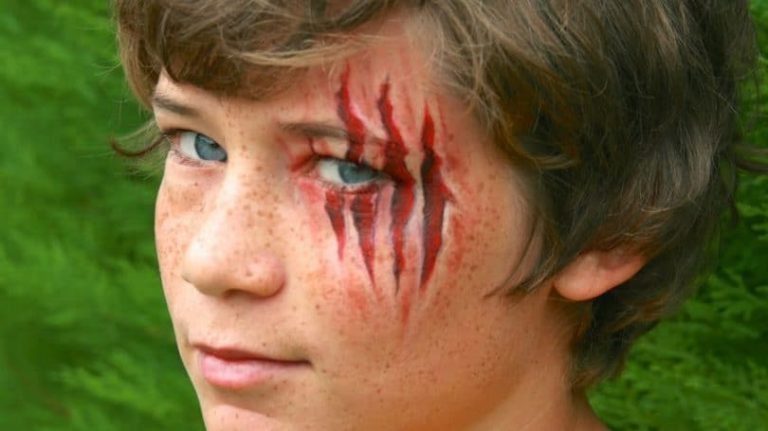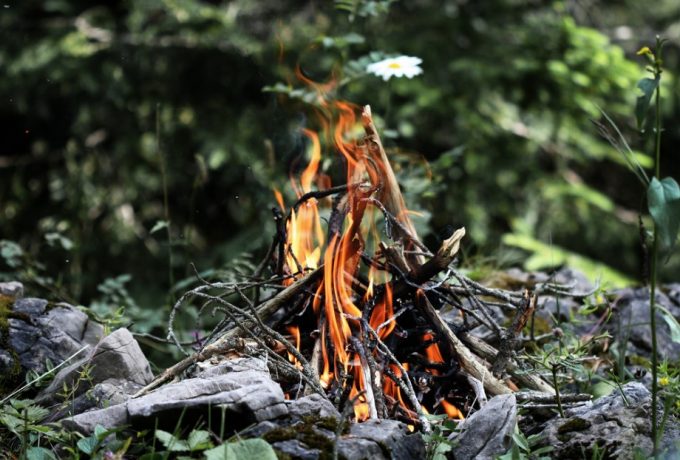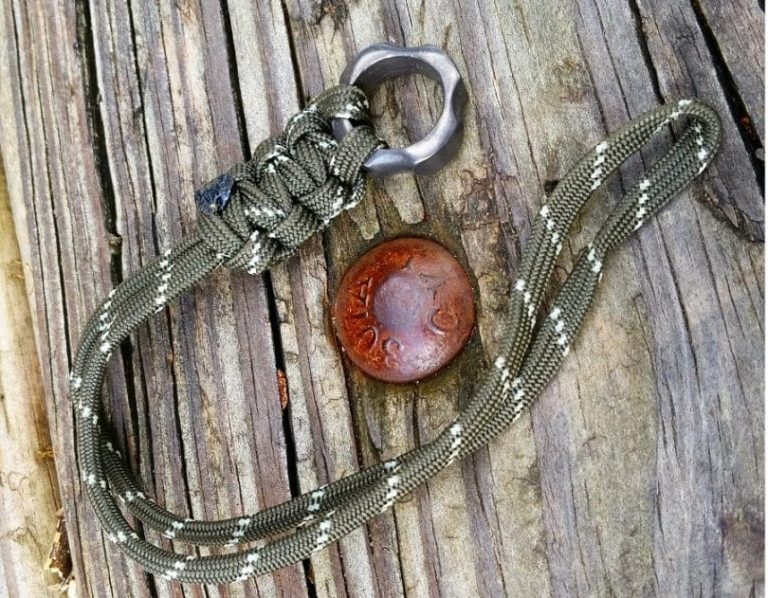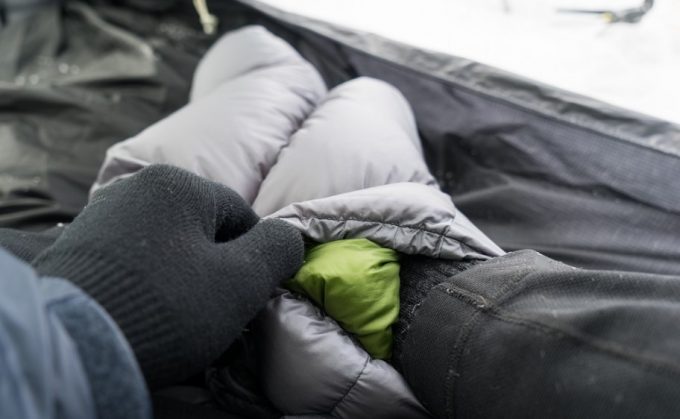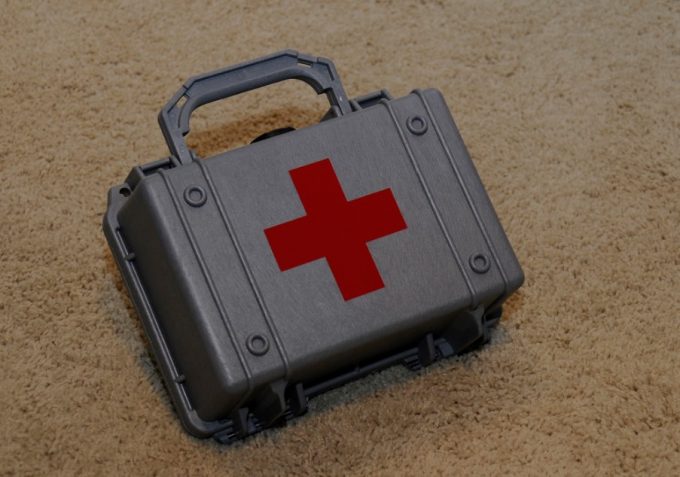How Long Does It Take For a Blister to Heal: Cut That Time In Half With Our Advice
Blisters are really annoying, and we’ve all had them. They can appear for various reasons, but the big question is: how long does it take for a blister to heal and what can you do to speed up that process?
See also: How to Break in Hiking Boots: Making That Brand New Pair More Comfortable
Since the general reason why blisters form is friction, the best way to make them go away is to remove the thing that causes friction, otherwise, the healing time will be prolonged.
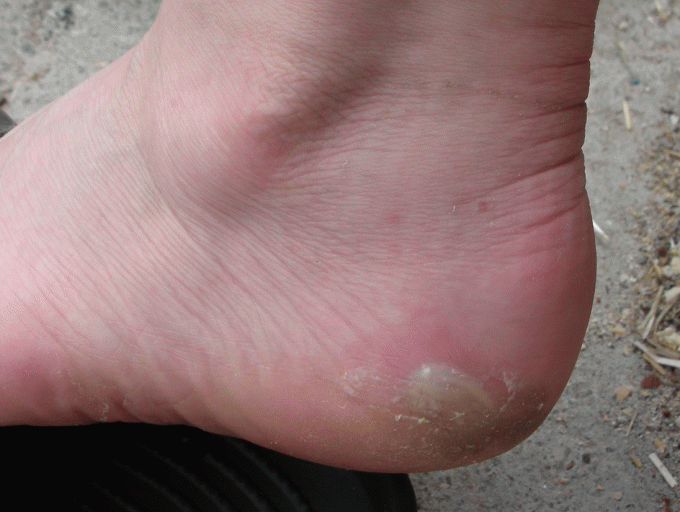
But it’s not always as easy as that, so in this article, we’ll tell you exactly how to take care of yourself and get rid of your blisters fast.
When will it go away?
There are lots of things that influence the healing time of a blister, and among the most important are:
How big the blister is
- Small means less healing time.
- Big means more healing time needed.
The type of blister you got
- Friction blister: less than a week. If you don’t prevent further chaffing and rubbing, it might take two weeks.
- Fever blister: 4 days to make a crust, about 10 days to heal completely.
- Insect bite blister: a few days to a week tops, provided it doesn’t get infected.
- Sunburn blister: about a week.
Infection
If your blister gets infected, no matter what type you’ve got and how big it is, the healing time will be prolonged to almost twice.
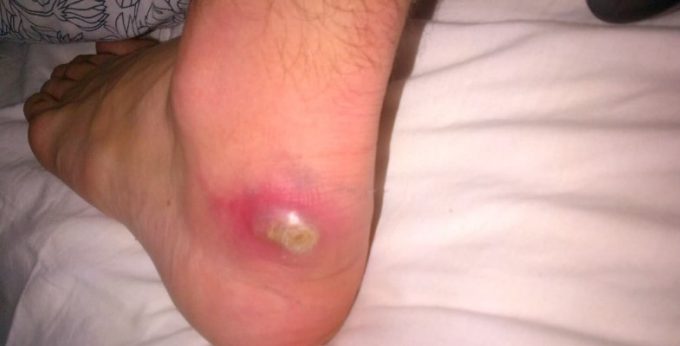
Where the blister is
- Less time: on an area exposed to air and areas of the body that don’t move.
- More time: on a covered area of your body, that’s exposed to sweat and humidity, as well as on areas of the body prone to chaffing because of movement.
Immunity issues
People with immunity disorders are prone to:
- Infections.
- Circulation issues.
- Nerve problems.
All these factors delay the healing process.
Things you can do
When you get blisters, there are some important do’s and don’t’s you’ll find summarized below:
Clean it
Since blisters can cause further infections to appear, you have to keep the area as clean as possible.
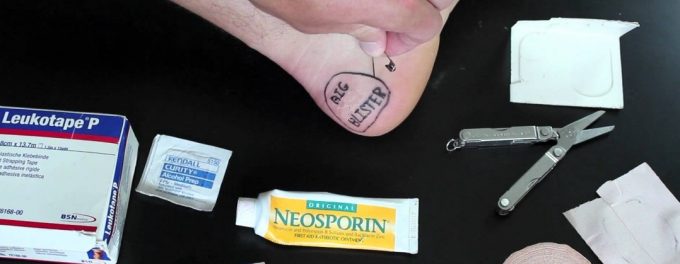
The first two things to do are:
- Wash it with soap and water.
- Apply a disinfectant.
At this point, you have two possible situations:
- Open blister. It’s wise to leave the skin alone, but if it really bothers you, you can remove it by cutting it with a pair of scissors. Don’t rip it!
- Closed blister. Leave the outer skin alone, because that acts as a shield against infections.
How to safely drain the pus from the blister
Sometimes, that’s the only way to go because the fluid is what ultimately causes the uncomfortable pressure that makes you feel pain. So:
- Wash your hands carefully.
- Make sure you’ve dried your hands properly.
- Avoid infection by cleaning the blister first.
- If an antiseptic isn’t mandatory for an intact blister, it’s definitely needed here.
- Grab one of the sharpest needles you can find.
- Sterilize it thoroughly. You can use alcohol for that.
- Pierce the edge of the blister.
- Squeezing is a definite no because that can cause bruises to appear and therefore more pain.
- Leave the blister’s skin as it is, you don’t want too many open spots that can get infected.
- Don’t forget the antibiotic cream – once you’ve pierced the blister’s skin, more bacteria have the chance to get inside.
- Put on a bandage so the area’s covered.
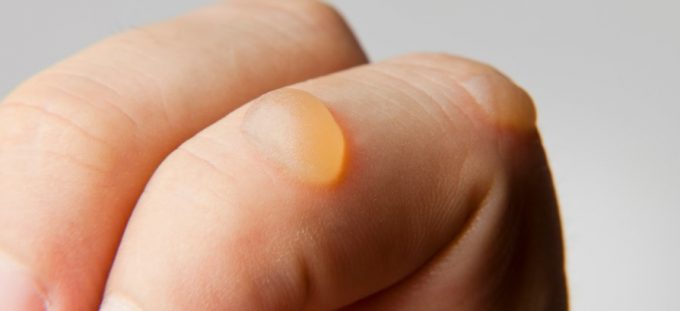
Ointments you can use
Once you’ve washed the blister, the area is pretty clean from most bacteria around. But if you’re still outdoors or have different stuff to do, and can’t just call it a day, it’s better to take extra precautions. That’s why you should minimize the risk of infections as much as possible by applying:
- Antibacterial cream. This will kill off most bacteria, so it’s a good choice when it comes to keeping infections at bay.
- Antiseptic ointment. This comes in gel form, and it also contains some menthol. So apart from preventing future infections, it cools your skin too.
Whichever options you’ll choose, how you apply these creams is equally important:
- Rule number one is no rubbing, just tap the blister gently.
- Make sure you’ve cleaned the area properly,
- The blister can also be sterilized further with some aloe vera or green tea, but we’ll talk about that later.
Apply the bandage correctly
Once the spot’s squeaky clean, and you’ve applied any sort of ointment you have on hand, it’s time to put on the bandage.
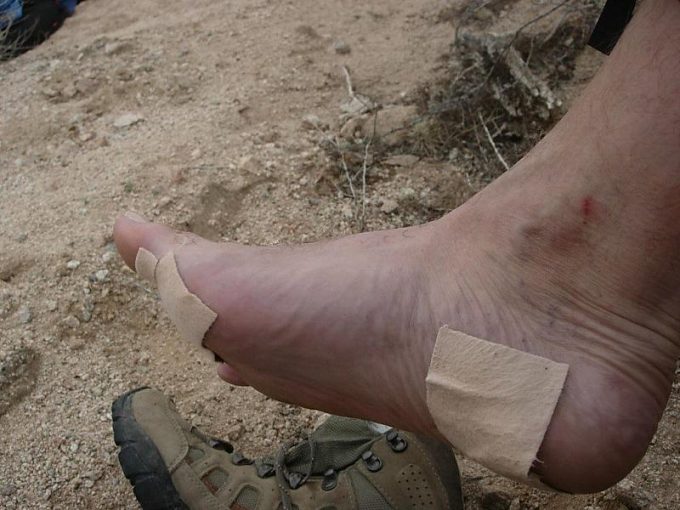
The little bastard will hurt like hell, so you need something to stop that. The bandage itself has to be as clean as possible, even sterile if you have something like that in your first aid kit. Plus, a bandage keeps the area cleaner for longer, especially if you’re outdoors from stuff like:
- Sweat.
- Dust.
- Dirt.
- Bacteria on your tools.
- Bugs
- Dirty water.
The steps to prior to bandaging the blisters are:
- Drain the pus with a gauge pad.
- Apply antibiotic cream.
- Get an airtight bandage for quicker healing.
Extra padding
Have you ever gotten one of those pesky blisters on your heel? Then you know what we’re talking about when we say those are the absolute worst.
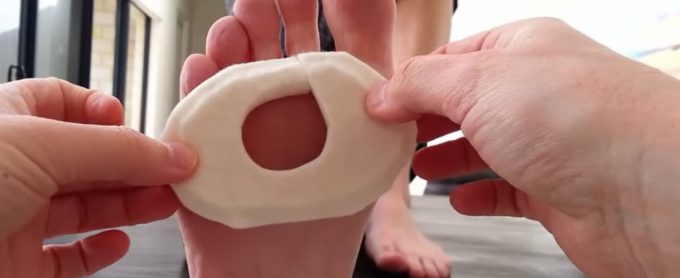
Even if you put on one of the thickest bandages you can find, it will still hurt like crazy and you won’t be able to walk as well.
So you need to:
- Get adhesive pads from a drug store.
- Cut the sheet of pads to get the desired shape.
- Apply this on top of the bandage for extra cushioning.
- Make sure the padding fits.
- Put on a pair of athletic socks, these have some padding too.
Keep the spot ventilated
You should avoid covering up blisters as much as you can. That’s because keeping the area moist prevents them from drying up. So instead of helping the pus drain out and the blister forms a crust, you’re actually helping it thrive. Exposure to air is the thing to do if you want your healing time reduced as much as half.
But what should you do when that’s impossible? For instance, when you’re working, your hands are sweaty and the friction between them and the tools form blisters. Or when you’re on a hiking trip and you get a foot blister.

These cases really require a bandage, so here’s a helpful tip: don’t stretch the bandage out completely when covering the blister. Just keep the middle portion of it a bit raised so that the blister is ventilated at least a little.
Keep the blistered area elevated
The reasons why elevation is a miracle worker are:
- Elevation decreases blood flow to the blister.
- The pressure is reduced.
- The inflammation decreases, because the pus will be drained faster thanks to gravity.
- There’s ultimately less pain.
So even if you have to keep walking, it’s best to take even a small 30-minute break to keep your leg raised – in case that’s where the blister is.
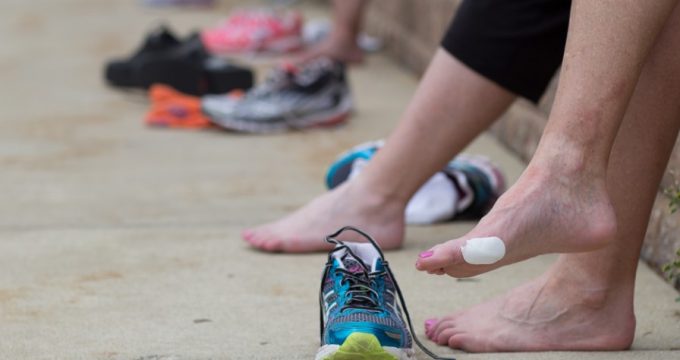
Take this time to properly disinfect the spot and let it air dry a bit, that will prove great in the long run.
Take care of the blister
Once you’ve put on the bandage, don’t just leave it there and forget about it – it’s wise to take good care of your personal hygiene. For a more useful guide and tips on how to properly care for a blister, check out our earlier article on this topic.
Use saline solution
Soak the blister frequently, about 4-5 times each day, so the healing takes less time:
- Before draining the pus out of the blister. That will make it softer, so the needle can penetrate its skin easier and lessen the risk of infection.
- After you’ve drained the pus. That helps accelerate the healing, apart from reducing the pain you’re likely to feel. Plus, if you have any skin that still needs to peel off, soaking the blister makes it break away faster.
Prevent infections
This is particularly important if you’ve popped the blister, so:
- Make sure it’s cleaned and sanitized properly.
- Watch out for danger signs like redness and inflammation.
- Don’t apply unneeded pressure on the area.
- Avoid any rubbing or friction of the area.
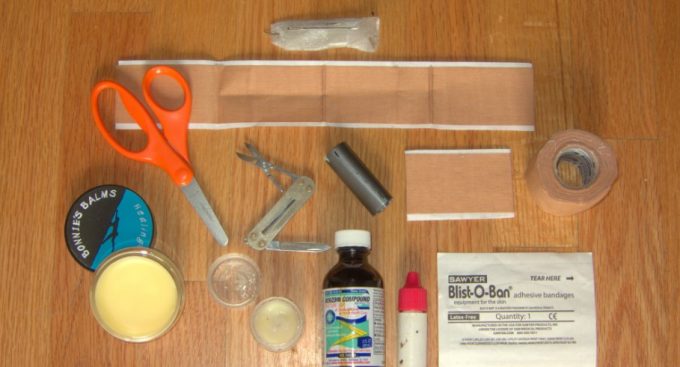
A ruptured blister poses an increased risk for serious infections, and ultimately sepsis. Make sure you don’t let things go that far and keep a constant eye on how things develop. Just:
- Wear shoes that fit properly.
- Don’t just assume a new pair of shoes will fit right out of the box, especially if you’re using them outdoors. Break them in prior to extensive walks or hikes.
- Never wear cotton socks when you’re doing high impact activities, because cotton absorbs water and increases Use moisture-wicking socks.
- If you’ve broken a sweat when hiking or exercising, don’t just pack your shoes in a box. Leave them outside so they’re properly dried before the next time you use them.
Keep the area moisturized
Since the blister is likely to survive as much as a week, you have to constantly clean and moisturize the area. Although it’s advisable to let the blister exposed to air, that doesn’t mean you have to dry it purposely. You can also use anti-inflammatory substances that keep the blister moisturized and your skin hydrated to speed up the healing.
Give it time
We know you want your blister gone as fast as possible, but that will still take up to a week for the more serious blisters. So be patient and don’t do anything you might regret, like ripping the skin off or forgetting the bandage on without cleaning it anymore.
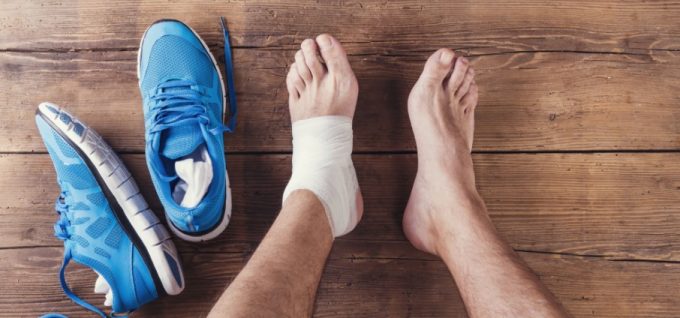
It’s still an injury, and the healing time depends on how well you treat it.
Seek medical attention in case of infection
Going to the doctor once you notice signs of infection is the wisest course of action. Getting it treated without delay reduces the risk of bigger issues. Apart from cleaning the area better, your GP might also recommend a course of antibiotics if there’s any:
- Fever.
- Diarrhea.
- Vomiting.
- Shivering.
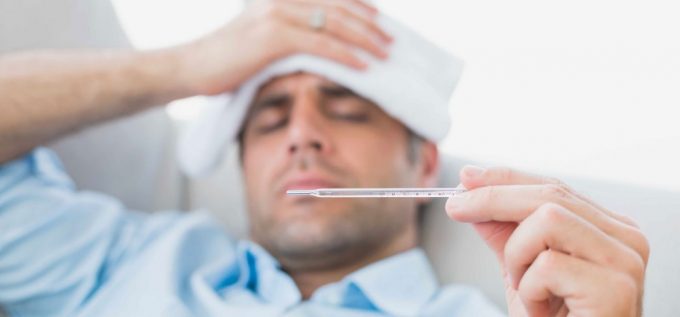
But it’s best not to let things go that far, so watch out for:
- Redness.
- Itching.
- Swelling.
- Yellow pus.
- Very warm skin around the blister.
Home remedies for blisters
If you’re asking yourself how you can cure blister faster, there are always some home remedies you should try. They have a number of significant benefits, and they’re all a natural way that helps your body eliminate the toxic substances quickly and fight off potential infections. Do read our piece on how to choose the best hiking boots to prevent blisters when hiking.
Aloe Vera
As a renown herb for reducing inflammations, Aloe Vera will take care of the nasty swelling which actually makes up the blister. That will relieve some of the pressure that’s so painful. Plus, since it’s a good moisturizer, Aloe will keep your skin hydrated and that way, the redness will go away faster too.
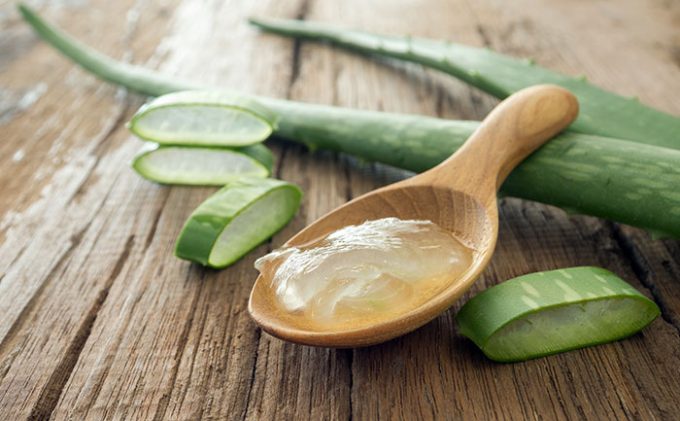
However, this is better used when the blister has already popped, to help it dry faster. There are lots of ways to take Aloe Vera, you can even buy a gel from your local drugstore. You’ll find a lot of such products that mix Aloe with certain vitamins, like Vitamin E, or other herbs. But you can prepare your own ointment at home, or use it as is:
- Cut the stem of an Aloe Vera plant.
- Put the gel that comes out on the blister.
- Let it act for half an hour without touching it, rubbing or tapping it.
- Wash the area gently with lukewarm
- Do this a few times per day for the next 3 days or until it’s gone.
Cider vinegar
Thanks to its antiseptic and anti-inflammatory properties, cider vinegar is another good home treatment for various scabs and mild injuries, including blisters.
You can use it on all the four types of blisters above because it’s a mild enough substance, used particularly to disinfect and coagulate. That’s why it’s better to apply cider vinegar after the blister has popped, but it can work even before.
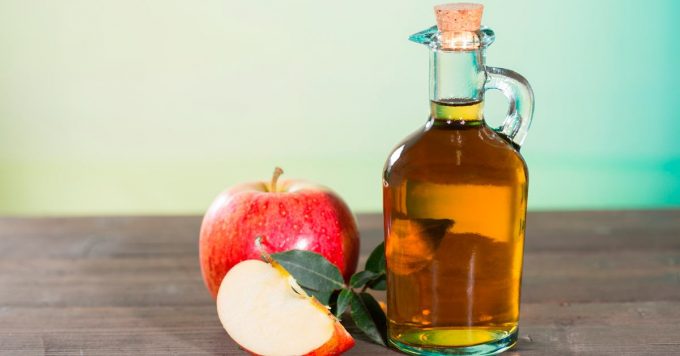
You can either apply it as it is:
- Use a Q-tip or a bit of wadding you’ve damped with cider vinegar.
- Apply it on the blister or on the formed scab a few times each day for the next 3 days.
- If it stings too much, make a mix of one part cider vinegar and 3 parts water, then apply it on the scab.
For better results, you can combine cider vinegar with honey, or even with onion paste, in equal parts. Both these foods have antibacterial properties, so they’ll hurry the healing process if you apply the paste a couple of times daily until you feel better. Just put it on the blister until in dries and after that, you can wash the area with water.
Green tea
We’ve all heard how great green tea is for its anti-oxidant properties, but it’s one of the best natural anti-inflammatories too. That’s great to apply immediately after you get the blister because:
- It will get rid of the swelling.
- You’ll feel less pressure and pain.
- Its vitamins and antioxidants will fight off the infection and promote healthy blood flow to the affected area.
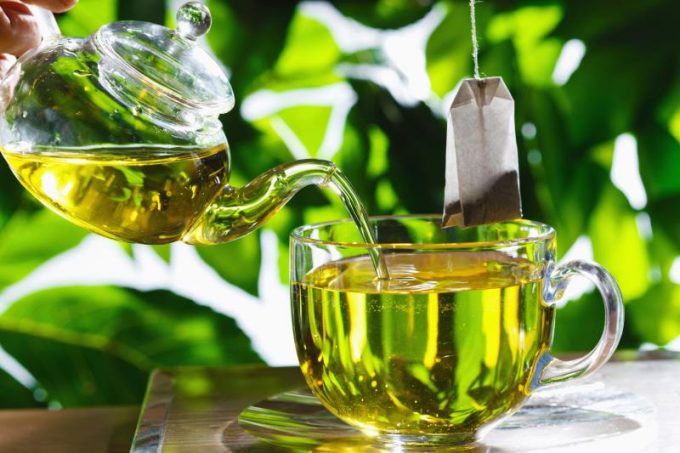
You should prepare the tea by making an infusion, using:
- A tea bag. In this case, put the chilled tea bag on the blister for 10 minutes.
- Dried leaves. Remove the leaves after the infusion is ready, and dab a Q-tip or soak a clean cotton washcloth in the tea, then tap the blister with it gently.
You can even use green tea as it is to wash the blister, but if you’re following the two methods above, be careful to do it repeatedly a few times per day until the blister’s better.
Epsom salt
Since salt absorbs moisture, this is the best way to decrease swelling immediately after the blister has formed. Since it’ll dry it, the blister will pop faster than usual. Plus, Epsom salt is rich in magnesium, which deals with your pain and prevents further infections from developing.
- Make a solution of water and Epsom salt by mixing one tablespoon of salt in an ounce of water.
- Dab a clean, cotton washcloth in this, and make a compress.
- Keep the compress on the blister for 20 minutes.
- Let the skin air dry once you’ve removed the compress.
- Apply a moisturizer.
- Repeat once daily for optimum result.

Once the pus is eliminated, Epsom salt isn’t indicated for further use because it will burn the area, including the healthy tissue around.
Toothpaste
Another great way how to heal the blister faster is using toothpaste because it has a lot of substances that:
- Fight infection: alcohol and hydrogen peroxide.
- Dry the area and reduces itching: baking soda.
- Fight off pain by keeping your skin feeling cool: menthol.
The steps to follow are:
- Put some toothpaste on a Q-tip.
- Daub the blister with that gently.
- Let the toothpaste dry for a couple of hours.
- Remove the formed toothpaste crust with lukewarm water.
- Repeat twice daily.
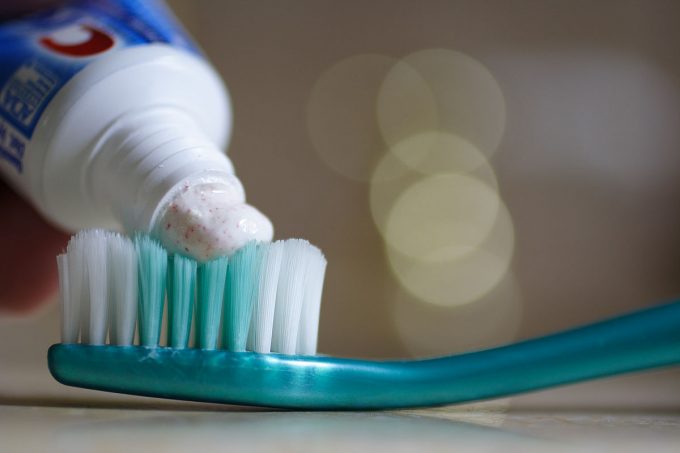
For the same reasons, you can also use mouth water, that contains most of these substances too.
Tricks you know
It’s also wise to help the healing process by watching what you eat. Healthy foods, with lots of vitamins and protein, are better. You should cut off processed sugar because that kills healthy bacteria in your body that might otherwise help fight off the foreign organisms and resulting infection. Make sure your are also using the right shoes. Take a look at the top vegan hiking boots for more unique options.
With that being said, we’re curious if there are tricks and tips you know of that we missed. So tell us how you treat blisters and which of our methods you’re most likely to apply. The comment section is right below!

